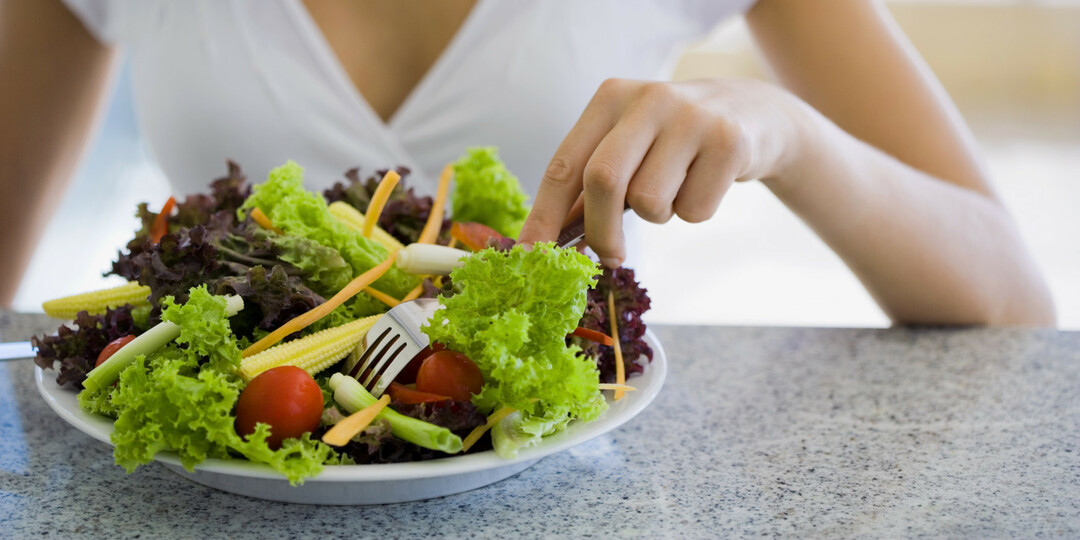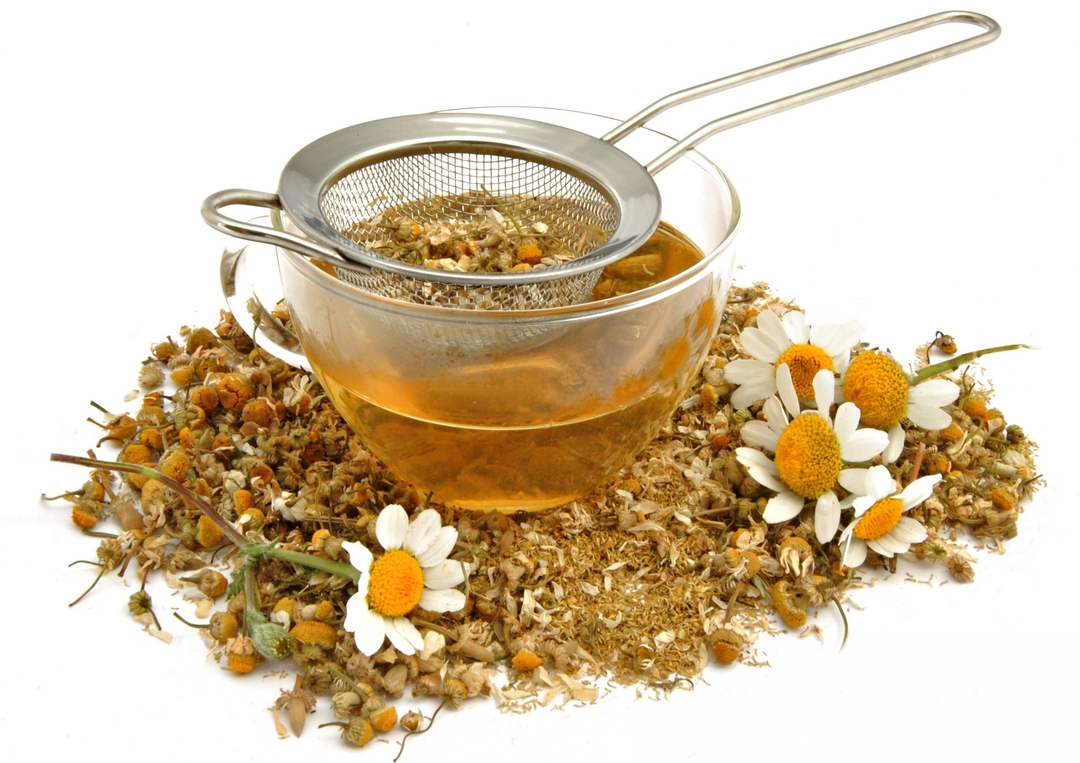Gneiss in children: causes and treatment
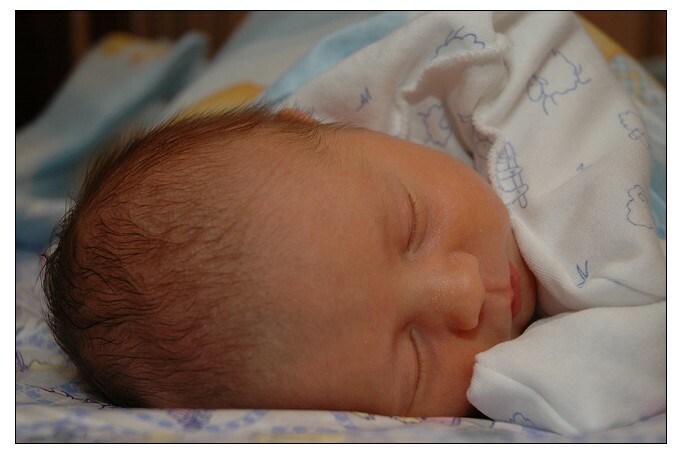
Parents often notice that their newborn child has brownish-yellow crusts, which are characterized by a greasy shine and difficult removal.It is worth paying attention to the skin behind the ears - there you can note the peeling of the skin, in frequent cases it is accompanied by cracks and crusts.
This is a seborrheic dermatitis, or, as the doctors call it, gneiss in newborns.In principle, this is not a pathology and inherent in almost all children aged 0-2 months.
Table of Contents: The reason for the appearance of crusts on the head of the baby Gneiss in children - the forms and manifestations How to clean up the crusts on the baby's head Treatment of seborrheic dermatitis in childhoodThe reason for the appearance of crusts on the head in infants
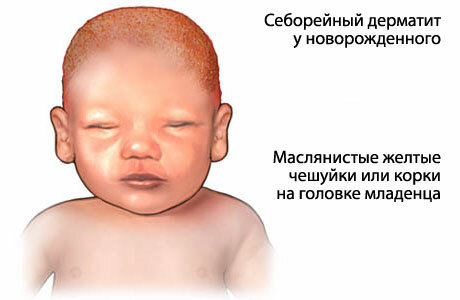
Precisely identify the causeSeborrheic dermatitis in newborn doctors can not, but there are some assumptions. So, to provoke gneiss in children can:
- problems in the work of the organs of the gastrointestinal tract in the mother during pregnancy;
- deficiency of vitamins and unsaturated fatty acids in the mother during pregnancy;
- use by the future mother of obligate allergens - honey, nuts, chocolate, citrus fruits, strawberries, that is those products that most often cause allergies;
- forced long-term receipt of antibacterial agents in the body of the newborn;
- immaturity of sebaceous and sweat glands of the baby.
Note: in adult children and adolescents develops seborrheic dermatitis due to the multiplication / spread of the yeast-like fungus, which is always present on the skin of people.The presence of provoking factors and gives impetus to the development of the state under consideration.
Gneiss in children - forms and manifestations
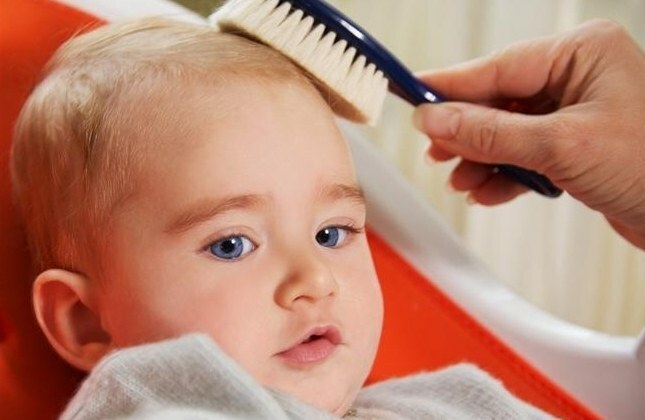
In medicine, three forms of the course of seborrheic dermatitis in infants are classified. For each of them there are characteristic symptoms:
- Light form of gneiss in children - the general well-being of the baby is not disturbed, characteristic crusts are present on the head( crown), may be behind the ears and face, but extremely rarely.
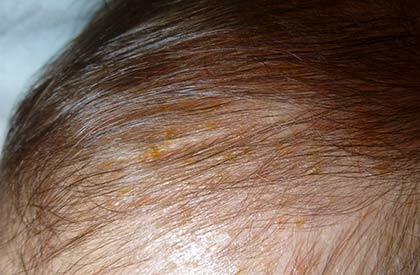
- The average form of severity of seborrheic dermatitis - scales on the head of a child have the appearance of potato chips, reddening and peeling of skin is present on the neck, face, upper and / or lower extremities, trunk, ear shells.The kid is naughty, he is constantly worried about something, parents can note the increased regurgitation and diarrhea.
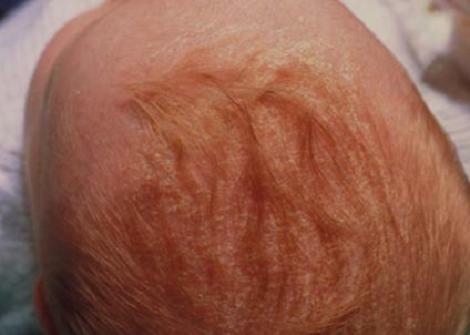
- Severe gneiss form in infants - scales on the head occupy a large area, merge together and give the impression that there is one cake on the head.It is compulsory for this form of the current state of the infection to be attached - the crust of the crusts on the head begins to become wet and inflamed.The baby becomes sluggish, restless and poorly adds weight.
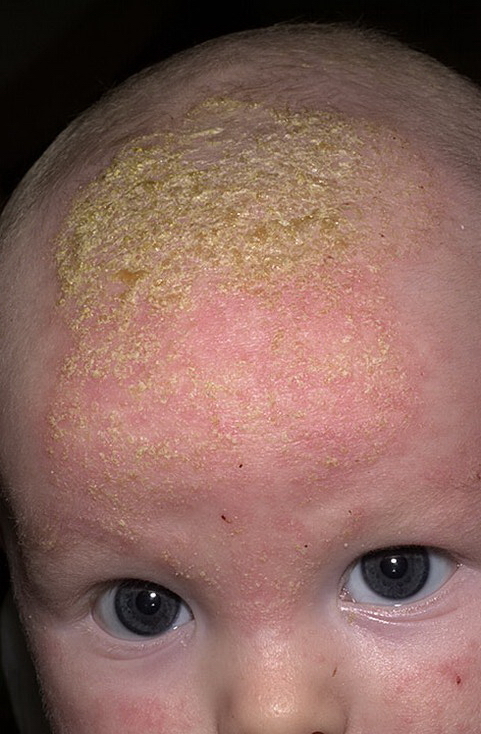
How to clean up the crusts on the child's head
Doctors claim that the crusts from the child's head need to be combed, but in no case can they be ripped off or scratched!Why can not you just take off the crusts? There are three reasons for this:
- such a procedure is really painful and unpleasant for the baby;
- with an aggressive method of removing crusts can injure the delicate scalp, such infections easily penetrate the infection;
- under the crusts is a thin peel, which can also be infected and without injury.
To remove the crusts from the child's head painlessly and without the risk of infection, the following sequence should be followed:
- Purchase any oil - it can be special baby, petroleum jelly or burdock.You need to prepare another comb with a soft and gentle bristles and a hat made of cotton.
Note: some parents use in the procedure toothbrushes with soft bristles - this is acceptable.
- Before bathing a child, he needs to rub a small amount of cooked oil into his scalp and put on a cotton cap.It is recommended to do this for 60-90 minutes before water procedures, but if there is no time, then you can limit yourself to half an hour.
- When bathing, the baby is gently washing his head with shampoo - the crusts will be removed on their own, without any effort.
- After bathing, you need to comb the remaining crusts from your head with a comb and a brush with movements from the forehead to the back of the head.
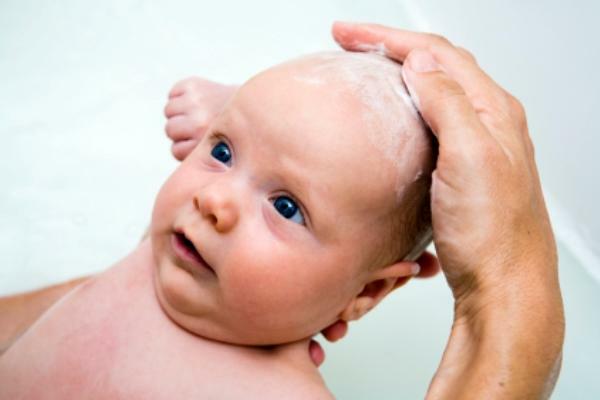
Note: often crusts are combed together with the hairs of the newborn - this is okay.
As a rule, for one such procedure, you can not get rid of all the crusts, therefore, once a week you need to repeat the process until you get rid of scales.
Often it happens that the gneiss arises repeatedly.But in this case we are talking about the development of exudative-catarrhal diathesis and need the help of an allergist, dermatologist, a complete examination of the child.
Treatment of seborrheic dermatitis in childhood
It is believed that serious medication is required only for severe form of gneiss flow in newborns.In this case, doctors will prescribe antihistamines, antibacterial agents and other medications that can alleviate the child's condition.And with other forms of the condition in question, no specific treatment is needed - as the child grows, its immune system is strengthened, crusts are getting smaller, and their remains can be removed with the help of the above "instruction."
The main treatment for seborrheic dermatitis in childhood is the local impact on crusts.You can use decoctions of medicinal plants( for example, chamomile or burdock root), if cracks appear in the areas of skin lesions( for example, behind the ears) and the inflammatory process takes place, they are treated with a green leaf or decoction of the althaea root.
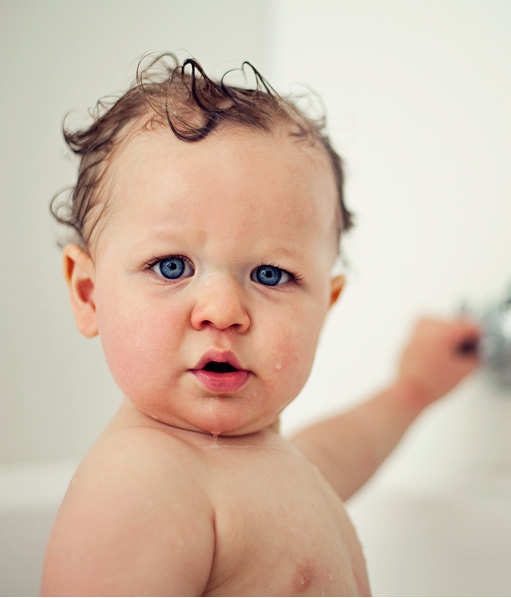 Note: if the disease in question appears in a child who is breastfeeding, then the mother needs to pay attention to her own diet.From the diet completely excluded products that can trigger an allergic reaction.
Note: if the disease in question appears in a child who is breastfeeding, then the mother needs to pay attention to her own diet.From the diet completely excluded products that can trigger an allergic reaction.
In the development of seborrheic dermatitis in older children, it is recommended to adjust the diet - excluding foods rich in carbohydrates, fatty and smoked foods.But you need to enter the menu of decoction of rose hips, vegetables and fruits, milk and dairy products.Not bad helps the course of vitamin therapy, the use of antifungal shampoos - more accurate recommendations will give doctors.
Gneiss in children is a non-hazardous condition that is easily corrected.But this happens only if the parents on time paid attention to the appearance of crusts on their heads and took the necessary measures.
Tsygankova Yana Aleksandrovna, medical reviewer, therapeutist of the highest qualification category

